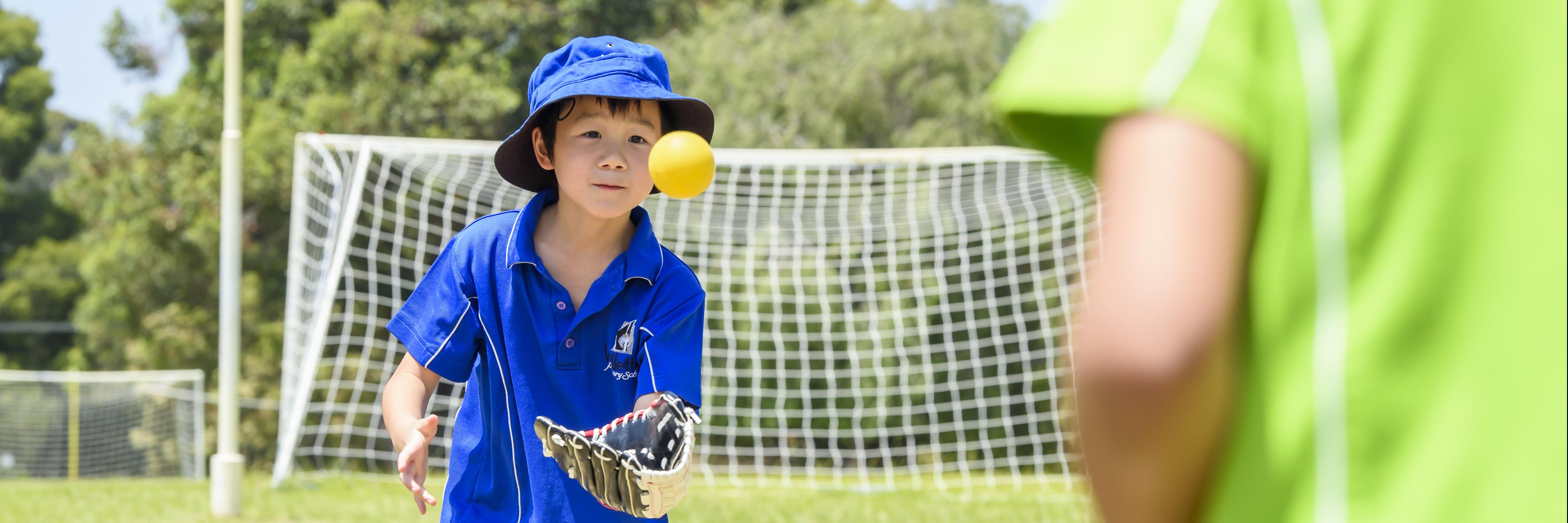In Health and Physical Education, students learn how to enhance their own and others' health, safety, well-being and physical activity participation in varied and changing contexts. The Health and Physical Education curriculum (P–10) offers students an experiential curriculum that is contemporary, relevant, challenging, enjoyable and physically active.
In Health and Physical Education, students develop the knowledge, understanding and skills to make decisions and take action to strengthen their sense of personal identity and autonomy, build resilience, manage risk and develop satisfying, respectful relationships. They learn to take a critical approach to questioning physical activity and health practices and to use inquiry skills to research factors that influence the health, safety, well-being, and physical activity patterns of themselves, individuals, groups and communities. As students grow and mature, they learn to access, analyse and apply a variety of resources for the benefit of themselves and the communities to which they belong.
Integral to Health and Physical Education is the acquisition of movement skills, concepts and strategies to enable students to confidently, competently and creatively participate in a range of physical activities in various contexts and settings. Students learn about how the body moves; how to approach and resolve challenges; how to optimise movement performance; and the benefits of physical activity to themselves, others and communities. Through movement in a variety of contexts and settings, students acquire, practice, manage and refine personal, interpersonal, social and cognitive skills.
Through Health and Physical Education, students learn how to enhance their health, safety and well-being and to contribute to building healthy, safe and active communities. It provides opportunities for students to develop skills, self-efficacy and dispositions to advocate for, and positively influence, their own and others' health and well-being.


